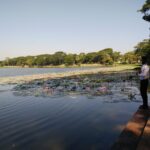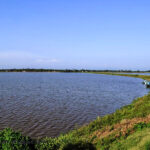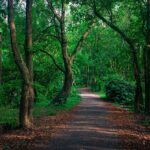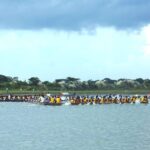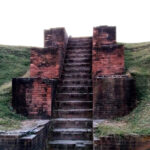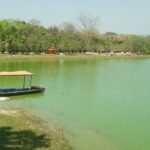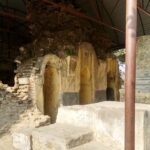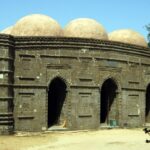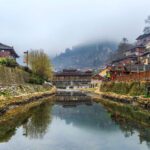As the ancient city of Bhitargarh is excavated by archaeologists, locals join in to form a combined approach to help preserve their own heritage
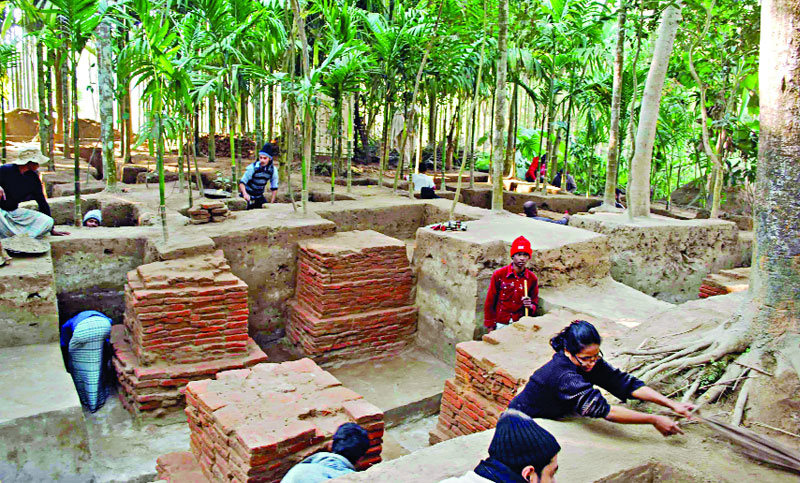
The story starts with a Maharaja who built ramparts, a fortified city, and a large deeghi (water reservoir) in the northwestern part of Bangladesh. This city lay forgotten, buried under the changing times and the flowing Talma River, only to be discovered in the early 19th century, when the researcher Francis Buchanan visited Panchagarh and came upon Bhitargarh. It can be said that the city-state of Bhitargarh was functional and active from the 6th-13th century (CE).
Well connected
There is properly written mention of the identity of Prithu Raja who was supposed to have founded it but apart from its strategic location across the ancient trans-Himalayan trade route connecting Bengal with Tibet through the Himalayan passes, Bhitargarh may also have connected Magadha to Yunan/Szechuan via the Brahmaputra valley in Upper Assam. It offered one of the many routes available to travelers of that time and according to theory, it could also well have been a city-state, much like the city-states of Kathmandu.
The discovery
Up until 2008, no proper excavation had been done, so Dr. Shahnaj Husne Jahan, a faculty at the University of Liberal Arts of Bangladesh (ULAB), took on the herculean task of unearthing the lost glories of this ancient city. Her initial surveys included long walks under a scorching sun with a GPS and a sharp eye for detail.
Fascinating finds
At a size of 25 sq km, this site is the largest ancient fortified city in Bangladesh (and possibly South Asia!) and is enclosed in 4 concentric quadrangular boundaries. The 4th quadrangle in fact falls mostly in the Indian side as Bhitargarh lies on the Northern borders, with Jalpaiguri as its neighbor. Currently, 5 sites are being excavated where the Maharajar Deeghi is, one of the largest man-made water tanks in the region, and 10 ghats (landing stations) with laid brick alignment have been discovered around it. The foundational remains of a quadrangular cruciform temple were found yet, a fascinating find was the discovery of two structural remains in the Salmara River where stones of various sizes were found. The locals have always used them and iron nails inserted into the stones indicate a possible stone quarry, also evident by its name, Patharghata, or an embankment to regulate the flow of the river.
Preserving heritage
As part of her course, Dr. Jahan, Archaeology, Bangladesh Studies, and World Civilizations, involves her students through the project she has initiated called Experiencing Past in which they can work at her site. However, her major success has been involving the locals, including the local Government officials, while the Department of Archaeology and Ministry of Culture showed special support. A society by the name of The Bhitargarh Promotional Society has been formed by a group of individuals keen on preserving heritage and offering much-needed support as a civil society body.
Bhitargarh has indeed seen many settlers call its ancient fort city walls their home and while Dr. Jahan, along with her entourage of students and locals, unearth its layers of history, we hope to see more from this fortified city.


